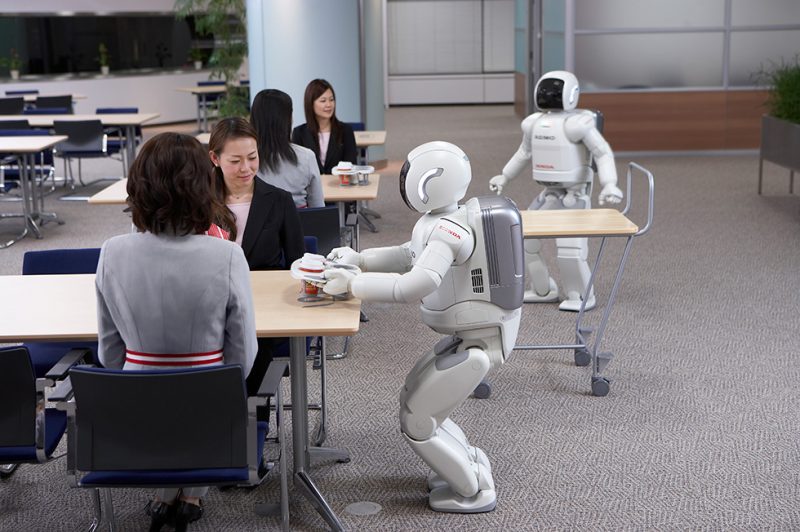One of the main ways the human body fuels itself is through Ketosis. Ketosis is a process of the body where it burns fat in order to produce energy. The energy produced in the human body through Ketosis is healthier and more efficient. A breakthrough in the field of robotics has recently taken place, which allows Robots to mimic the human body and store energy.
A New Milestone
A substitute or an alternative to biological fat reserves has been created. This alternative is said to mimic the effects of Ketosis but on a robot. The substitute happens to be biomorphic batteries. They possess the ability to hold up to 72-times more energy than human fat reserves.
The US Department of Defense commissioned the University of Michigan to conduct research. Research on the development of a new type of battery. To be more specific, rechargeable zinc batteries. One might argue that such batteries already exist. The rechargeable zinc batteries the University of Michigan was commissioned to make are different. It is their integration process that is their unique selling point or USP.
Rechargeable Zinc Batteries for Robots
These batteries are designed specifically to fit into and support the structure of a robot. They’ve been designed to ensure they take up minimal space inside the machine. Furthermore, these batteries are extremely lightweight. Thus, they do not add to the density of the robot either. Additionally, they’re a step above our run-of-the-mill lithium-ion batteries.
This research project was led by Mr. Nicholas Kotov. He is a coveted Professor of Engineering at the University of Michigan. He headlined that one of the major problems in the field of robotics is the batteries. You can not power a robot without a battery.
Making batteries for robots lighter
It is always the battery that occupies a great chunk of the space. This, in turn, hinders innovations in robotics. The battery takes up all the free space. Leaving little room for experimentation. Nicholas pointed out that up to 20% of the free space in a robot is consumed by the batteries.
Moreover, it does not stop there. Batteries required to fuel robots are heavy-duty. And, these batteries often end up adding a significant number of pounds. Thus, increasing the weight of the robot and hindering performance.
Nicholas’ research has tremendously improved the batteries. They are no longer as heavy as common robot batteries. Nor are they as big. The energy storage units are compact. Moreover, they are based on a distribution system. The distribution implemented is much more closer to that of the human body.
Also read: Insect-sized robot is very efficient for disaster rescue missions
Furthermore, these batteries won’t be restricted to capital machinery robots. They can be used in drones. Even in delivery robots. These batteries distribute energy efficiently and are more powerful. Nicholas argues that this feature could allow robots a greater range. In traveling distances and in life-spans.
New polymer gel membrane
The zinc battery conducts its functions through an electrolyte membrane. That membrane is made up of carbon nanofibres and a polymer gel. The polymer gel is water-based. The energy is stored in the membrane. Consequently, the energy is transferred through that membrane.
The membrane of the battery has been designed to be eco-friendly. Making them a much more viable option over run-of-the-mill batteries. Moreover, these batteries are not susceptible to fire. Making them a non-hazard.
Replicating the human fat tissue
Ahmet Emre, a doctoral student at the University of Michigan. He was a part of this research team. Ahmet stated that these batteries serve another purpose. The purpose of protecting a robot’s organs. By replicating the multi-functionality of fat tissues in living beings, they both store energy and protect the source.



